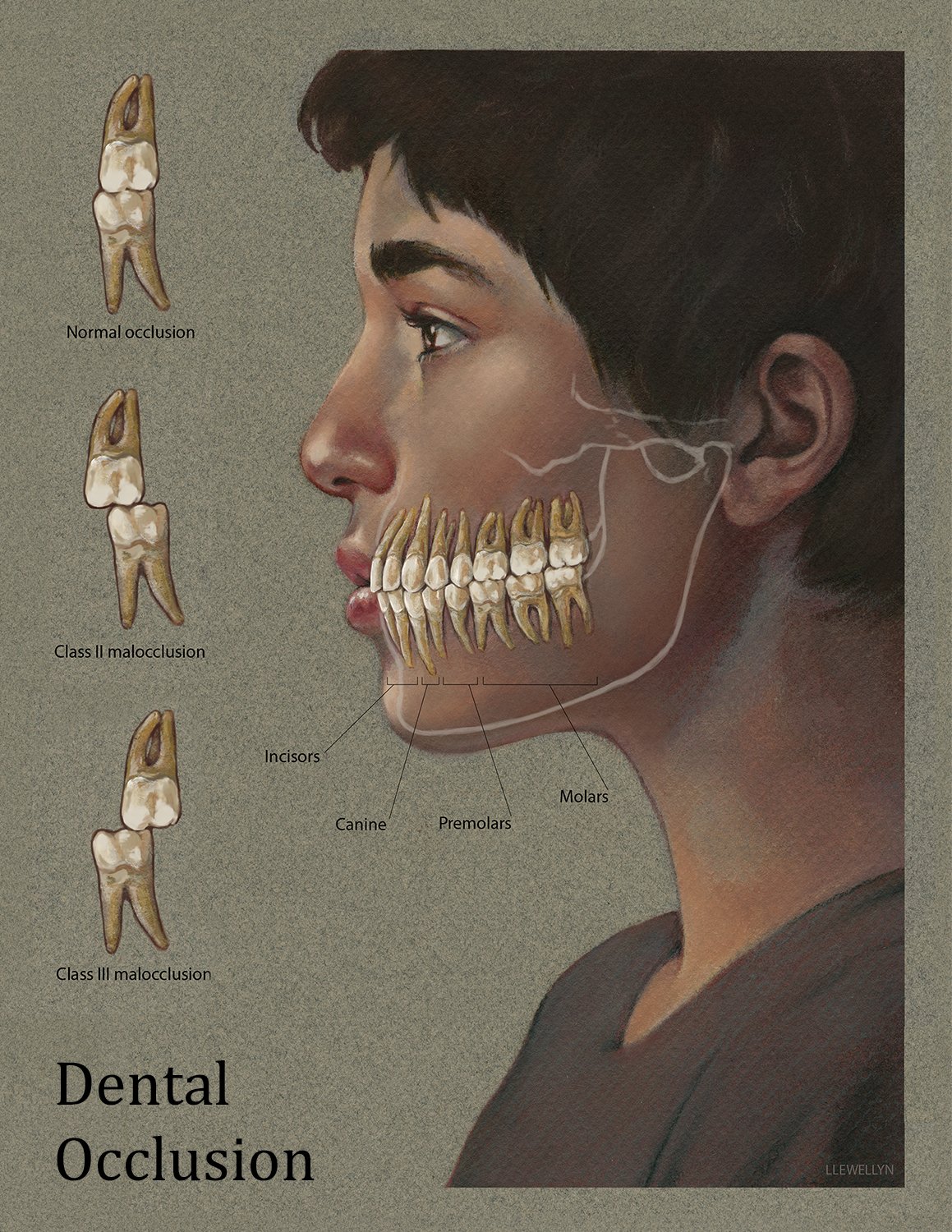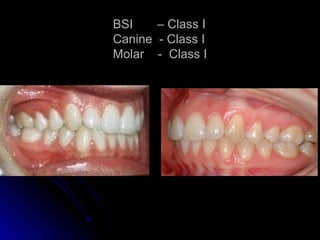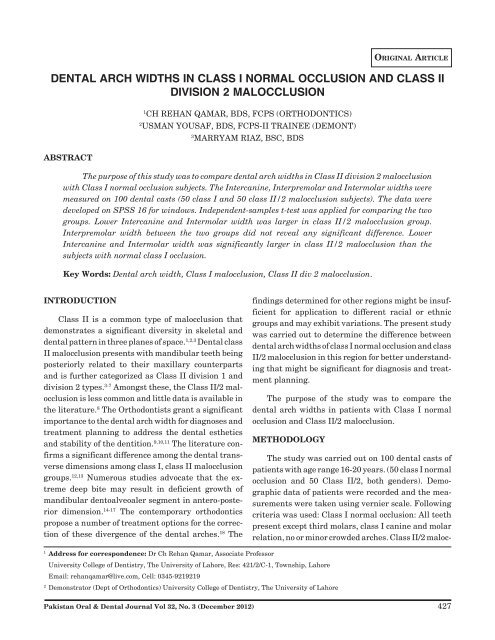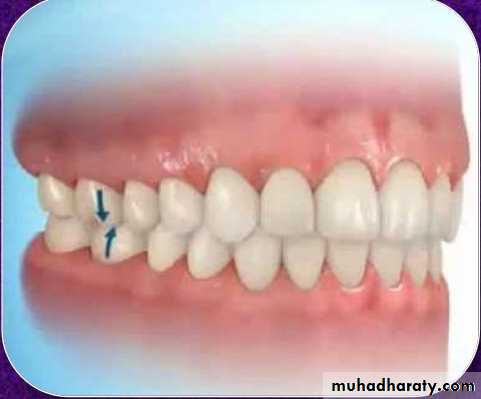class i normal occlusion
New three-dimensional cephalometric analyses among adults with a skeletal Class I pattern and normal occlusion. Angles described Normal occlusion Three types of malocclusion - Angles class I malocclusion Angles class II malocclusion - division 1 and division 2 Angles class III.

Do You Know What Occlusion Class You Have
This malocclusion occurs when the upper jaw protrudes over the.

. The other two are. The Class I Occlusion refers to the state in which a persons teeth and jaws are properly aligned with one another. Normal occlusion occurs when the mesiobuccal cusp of the upper first molar is received in the buccal groove of the lower first molar Angle class I occlusion.
Contains global variables accessible from everywhere. Normal occlusion occurs when the mesiobuccal cusp of the upper first molar is received in the buccal groove of the lower first molar Angle class I occlusion. An Angle class II malocclusion.
An ideal or normal front-to-back anteroposterior relationship between the upper and lower jaws is known as class I occlusion. Class 1 is the most common. Typical symptoms of malocclusion include.
Find read and cite all the. There is normal relationship of the molars but the line of occlusion is incorrect because of malposed teeth rotations or other causes. Class 2 malocclusion also referred to as retrognathism or overbite.
It is how the teeth contact in any type of functional. Mohamed Bayome a Jae Hyun Park b c and Yoon-Ah Kook d. Class 1 is the most common.
The aims of this study were to classify normal occlusion samples into specific skeletal types and to analyze the dentoalveolar compensation in a normal occlusion in. Normal occlusion and class II malocclusion and to correlate these measurements with other cephalometric measurements. Since the introduction of modern orthodontics several indices have been proposed to help prediction normal maxillary arch width that.
Depending on the classification of malocclusion the symptoms of the disorder may be subtle or severe. Occlusion is defined as the way the teeth meet when the lower jaw mandible and upper jaw maxilla come together. In contrast persons with class II or class III jaw.
The red line is Angles line of occlusion and any Class I occlusions with deviations to this line are defined as a Class I. Angles described Normal occlusion Three types of malocclusion - Angles class I malocclusion Angles class II malocclusion - division 1 and division 2 Angles class III. The Association for Academic Surgery is widely recognized as an inclusive surgical organization.
A Class I malocclusion occurs when the teeth are misaligned and the jaws.

Tooth Wear Patterns In Adolescents With Normal Occlusion And Class Ii Division 2 Malocclusion American Journal Of Orthodontics And Dentofacial Orthopedics

Classification Of Normal Occlusion And Malocclusion

Dental Arch Widths In Class I Normal Occlusion And Class Ii Division 2

Angle S Classification Of Malocclusion Dentodontics

Healthy Human Teeth With Normal Occlusion Side View Medically Accurate Tooth 3d Illustration Stock Photo Download Image Now Istock
Common Malocclusions Dr Jean Cassar Orthodontist

Class Ii Division I Malocclusion Excessive Overjet And Overbite Upper Dental Spacing Lower Dental Crowding Case Gallery

An Overview On Dental Wear Oral Health Group

Classification Of Orthodontic Malocclusion Ppt Download

Dea Definitions Malocclusion Xerostomia Flashcards Quizlet

Arch Widths In Adults With Class I Normal Occlusion And Class Iii Malocclusion Semantic Scholar

Defining Dental Malocclusions In Dogs Is The First Step Toward Treatment

Dental Occlusion In A Split Amazon Indigenous Population A Normal Download Scientific Diagram





